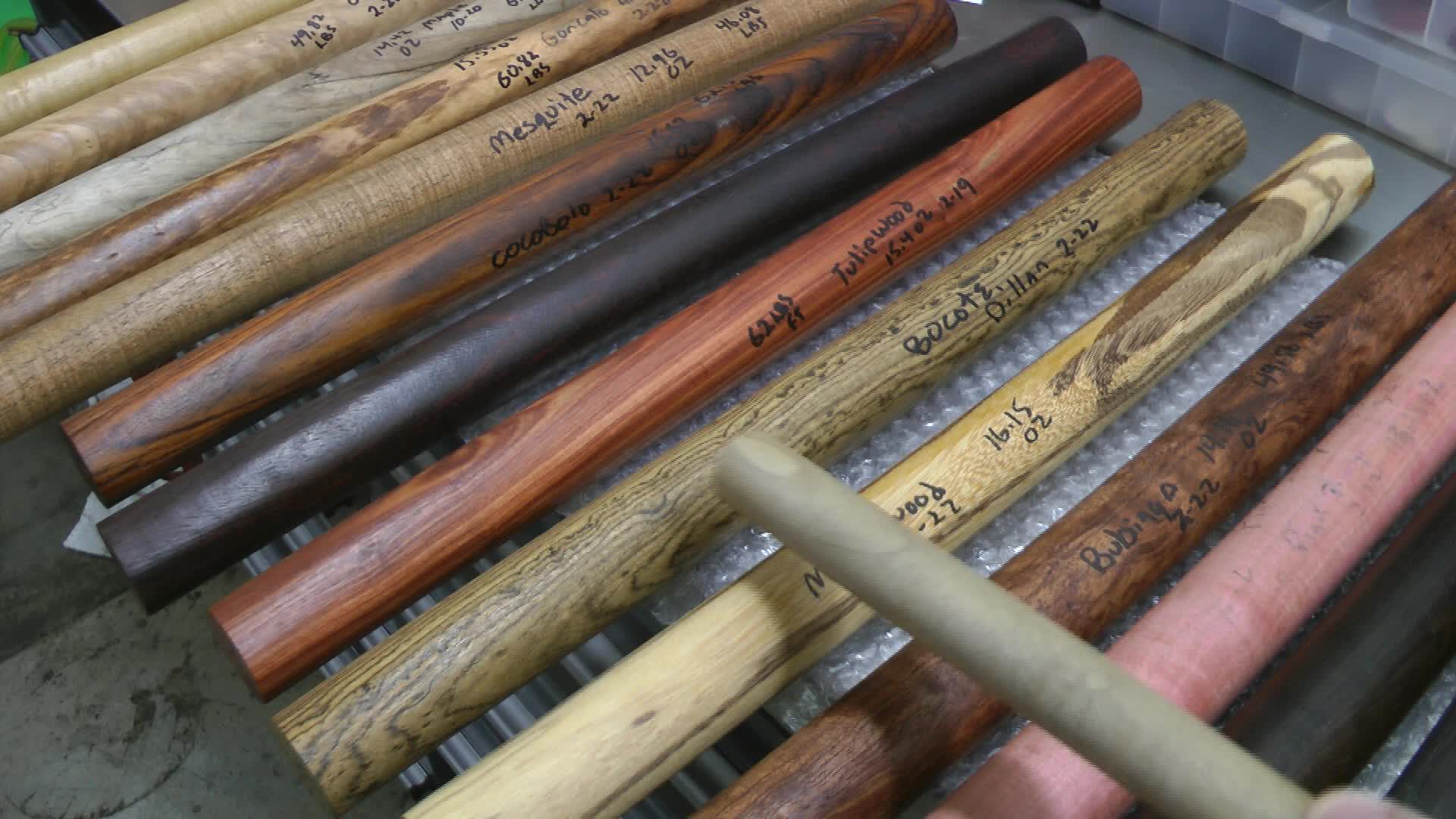Still want to shoot
Well-known member
Are there woods that look amazing but are too hard or soft for cue makers to work with? or that warp, well, or any other reason not to use them.
Wood jokes accepted.
Dan
Wood jokes accepted.
Dan
Coring and stabilizing has reduced the number of wood in this category dramatically.Are there woods that look amazing but are too hard or soft for cue makers to work with? or that warp, well, or any other reason not to use them.
Wood jokes accepted.
Dan
Ah ok that makes sense. I saw a video on general woodworking and types of wood, and it was commented on a few that when sanded it releases toxins, so you have to wear a mask when working with it. Is that also part of stabilization? do certain woods get sent places to be treated before being worked with?Coring and stabilizing has reduced the number of wood in this category dramatically.
50 years ago wood was judged by it's structure by the top cue builders thus a lot of ordinary looking cues.
Stabilization is simply the process of filling air space in light punky woods with plastic resin. This wood still has to be cored as it is often fragile to the lateral forces that could snap your cue in half..Ah ok that makes sense. I saw a video on general woodworking and types of wood, and it was commented on a few that when sanded it releases toxins, so you have to wear a mask when working with it. Is that also part of stabilization? do certain woods get sent places to be treated before being worked with?

Thank you for sharing that John. I watched full video, and that was very interesting. How much of that sound and tone translates to the ball when the cue is finished with a leather tip on it.Stabilization is simply the process of filling air space in light punky woods with plastic resin. This wood still has to be cored as it is often fragile to the lateral forces that could snap your cue in half..
It is wise to wear a mask with all woods although some release actual toxins while others are just toxic due to the fine dust. You can send out your wood for stabilization or do it in house if you know how. Most burl woods and spalted wood needs to be stabilized to be used. I have found that this process although it produces the ability to use really cool looking woods doesn't make the best cues for the discerning player.
Here is a video I made a couple of years back randomly showing some of my observations I found interesting.

The sounds of wood
Playing around with some of the wood I build cues out of and noticing the differences in tonerumble.com
Man I learned the hard way about coring. I was of the belief that stabilizing added structural integrity until I snapped a couple pieces of beautiful wood. It really doesn’t compensate in weak spots like I thought it would. If I would have cored I could have drop filled easily.Stabilization is simply the process of filling air space in light punky woods with plastic resin. This wood still has to be cored as it is often fragile to the lateral forces that could snap your cue in half..
It is wise to wear a mask with all woods although some release actual toxins while others are just toxic due to the fine dust. You can send out your wood for stabilization or do it in house if you know how. Most burl woods and spalted wood needs to be stabilized to be used. I have found that this process although it produces the ability to use really cool looking woods doesn't make the best cues for the discerning player.
Here is a video I made a couple of years back randomly showing some of my observations I found interesting.

The sounds of wood
Playing around with some of the wood I build cues out of and noticing the differences in tonerumble.com
I'm curious about this too. At one time I had an idea, a lakewood shaft, bogwood in the butt and also some petrified wood inlays. I'm not a cue maker and I've never laid my hands on a piece of bog wood, but some of it looked kind of like it might need stabilized, like the cell walls had opened up or something.Can bog oak be used in pool cue constuction? some of it is lab dated to 7600 years ago from salt bogs of ukraine?
I actually found a real piece of pernambuco, I'll make sure it goes into a nice cue.My opinion on butt woods is to use tone woods, ebony, African black wood ( Jamaican cocus, if you can find it, Pernambuco). Iam no expert but in my mind woods that provide tone quality are preferred over asetic qualities. I have one of two Jamican Cocus wood cues I know of one built by Dennis Searing I regrettably no longer have and one by Steve Dunkel. It May be my mind but that wood PLAYES!
Boogie i found a guy selling them on etsy, Bog oak and hornbeam for 250 bucks. i did not order one, but they look nice. so yes people use it.I'm curious about this too. At one time I had an idea, a lakewood shaft, bogwood in the butt and also some petrified wood inlays. I'm not a cue maker and I've never laid my hands on a piece of bog wood, but some of it looked kind of like it might need stabilized, like the cell walls had opened up or something.
Obviously petrified wood is basically a rock, so you would have to keep weight in mind. I thought it would be really cool to have a stick made with wood 10,000 years old and petrified wood that was even older.